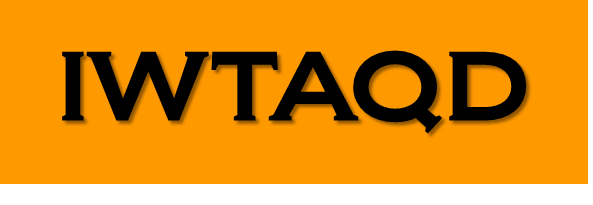Brett DePaola
|
Kansas State U
|
Photo association, Atomic
physics experiments
|
|
Liang-You Peng
|
Peking U
|
Strong field physics theory
|
|
Susumu Kuma
|
Rikkyo U
|
He droplet
|
|
| Tomoya Mizuno |
U of Tokyo
|
HHG experiments
|
|
| Erik Lötstedt
|
Riken
|
Atomic Physics theory
|
|
| Akiyoshi Hishikawa |
Nagoya U
|
Co-Chair, FEL, Molecular dynamics |
Nov 10-11 |
| Runa Kuroda |
Nagoya U |
Molecular dynamics experiment
|
Nov 10-11 |
| Yuki Ono |
Nagoya U |
Molecular dynamics experiment |
Nov 10-11 |
|
|
|
|
Michio Matsuzawa
|
UEC
|
AMO physics theory
|
Nov 11
|
Shinichi Watanabe
|
UEC
|
AMO physics theory |
Nov 11 |
| Yusuke Furukawa |
UEC |
|
Nov 11 |
|
|
|
|
| Toru Morishita |
UEC |
Chair |
|
Hiroka Hasegawa
|
UEC |
Molecular dynamics
theory/experiment |
|
| Saeed Muhammad |
UEC |
He dynamics theory |
|
Frederic Ongonwou
|
UEC |
HHG theory
|
|
Shehroz Khalid
|
UEC
|
He dynamics theory |
|
Narihisa Tsuzuki
|
UEC |
Molecular dynamics theory
|
|
| Yushi Ishida |
UEC |
He dynamics
|
|
Shinji Ito
|
UEC |
HHG
|
|
Torugo Fukuhara
|
UEC |
|
|
Reiki Seino
|
UEC |
Spin-Orbit couplings in strong field
ionization
|
|
| Raees Ahmad |
UEC |
Tunneling ionization theory
|
|





